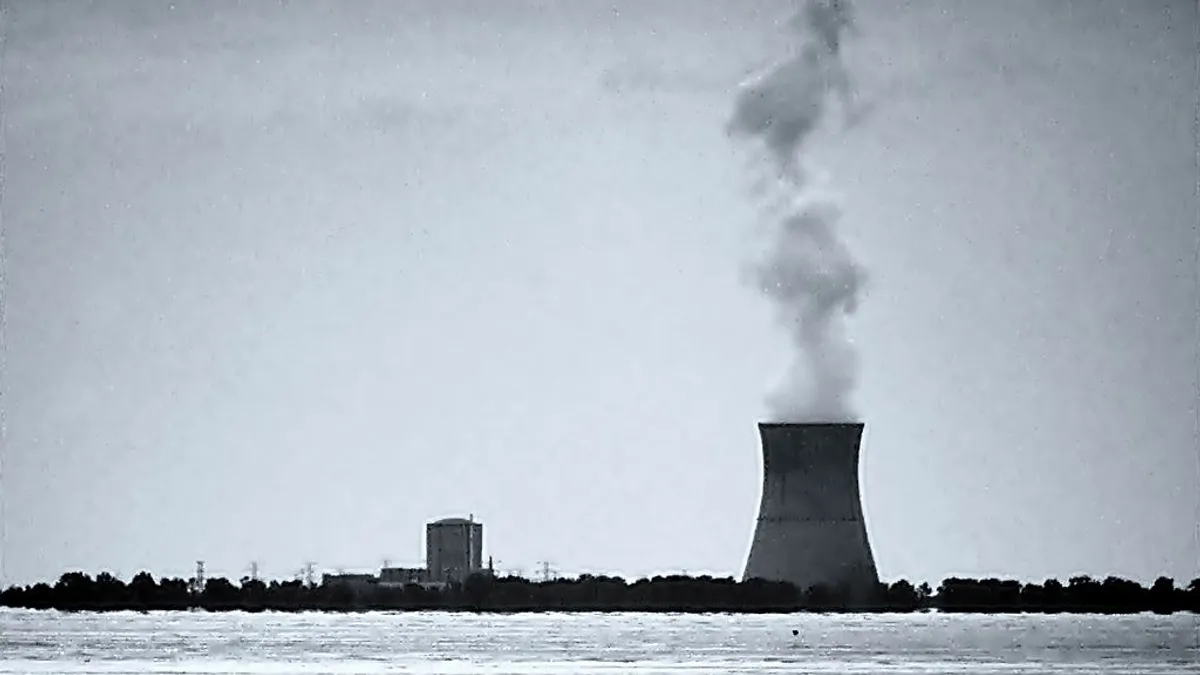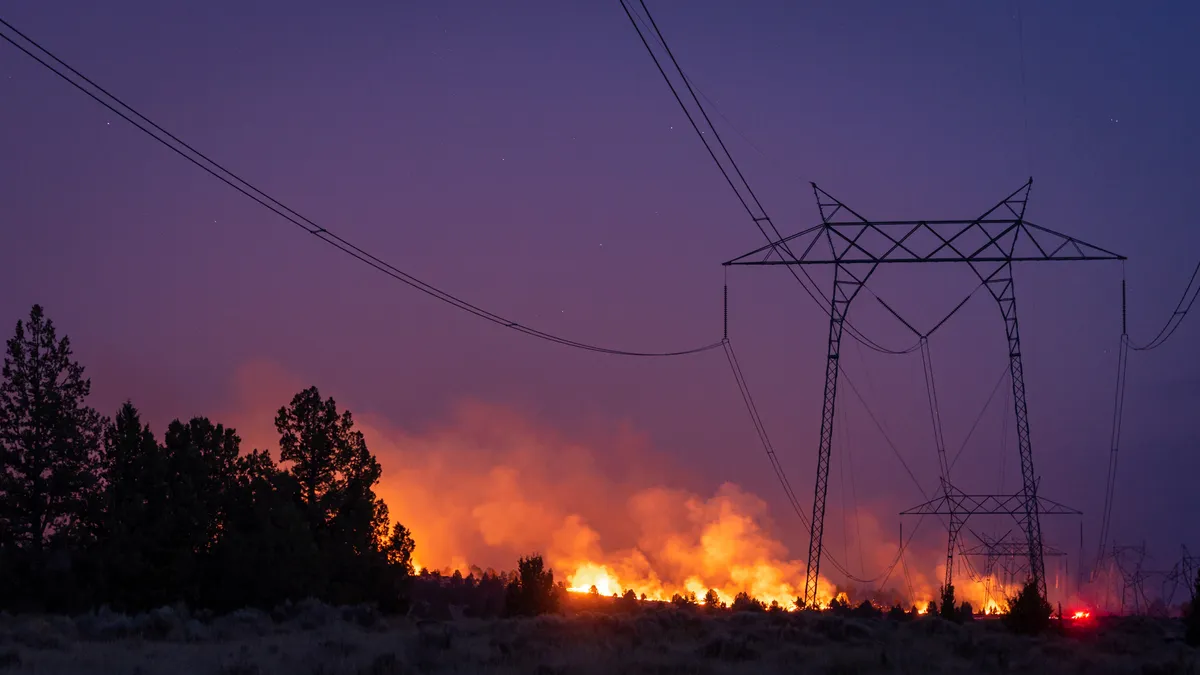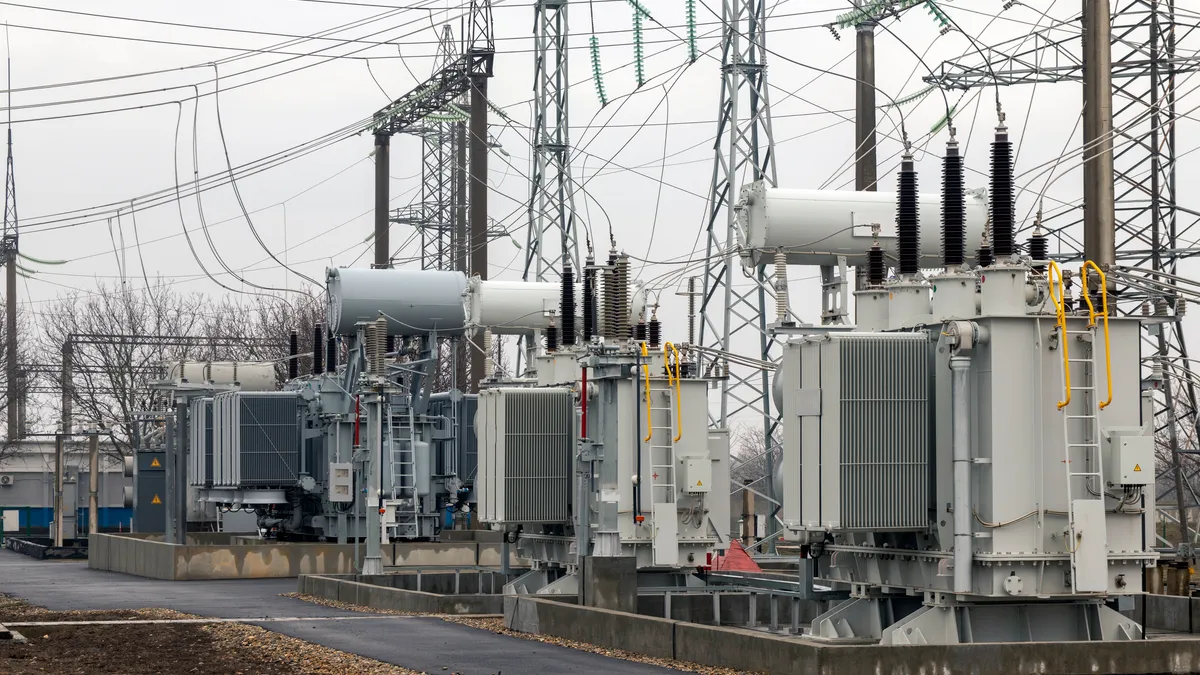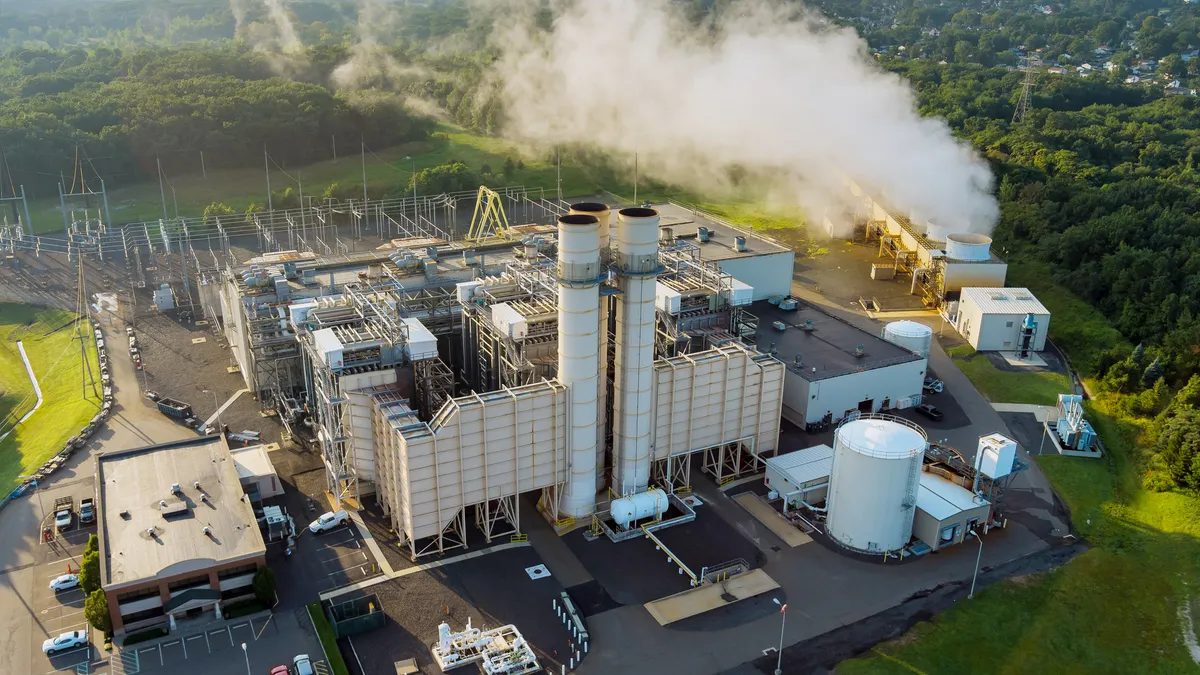Generators challenging zero emission credits (ZEC) for nuclear generators in Illinois and New York suffered two setbacks in short order, but they are pressing forward with appeals that could determine the fate of plans for subsidies in as many as three other states.
At least one of the appellants sees this turn of events as an opportunity as much as a setback. “The judge did us a bit of a favor” in the Illinois case, said Abraham Silverman, in-house counsel at NRG Energy, which is a plaintiff in both cases.
On July 14, Judge Manish Shah of the U.S. District Court for the Northern District of Illinois, Eastern Division, rejected all five of the generators’ claims. That leaves the door open for an omnibus appeal that can address each of those claims on its merits, said Silverman. “It puts us in a good place.”
NRG has already filed an appeal, as has the Electric Power Supply Association, a generator trade group. And Monitoring Analytics, the independent market monitor for the PJM Interconnection, plans to file a friend of the court brief with the appeals court supporting the generators’ position, said Joe Bowring, the firm's president. Monitoring Analytics previously filed an amicus brief supporting the generators’ position in the Illinois case.
In New York, Judge Valerie Caproni of the District Court for the Southern District of New York dismissed all challenges against the New York’s Clean Energy Standard (CES) nuclear subsidy. The July 25 ruling found that it the payments do not intrude on the Federal Energy Commission's jurisdiction over wholesale power markets and do not violate the dormant Commerce Clause of the U.S. Constitution.
NRG is “disappointed in the [New York] decision” and plans to file an appeal, said spokesman David Gaier. “We'll continue to fight these nuclear bailouts, which cost ratepayers billions, crowd out investments in true renewables, and distort and could eventually destroy the established energy markets.”
EPSA also plans to file an appeal in New York, and New Yorkers for Fair Energy, an umbrella group that is the lead plaintiff in the suit, plans to appeal as well.
“We note that similar programs to subsidize favored electrical generators were struck down in Maryland and New Jersey, including by a unanimous U.S. Supreme Court decision in 2016,” New Yorkers for Fair Energy said in a statement.
The appeals process will not only determine the future of the nuclear subsides in question, but could set important legal precedents that would shape future decisions on state versus federal jurisdiction in electricity policy.
Constitutional grounds
The line of attack in both the New York and Illinois cases was similar. The plaintiffs argued that the Illinois ZEC and the New York CES interfere with the operation of wholesale power markets, which are governed by the Federal Power Act and fall under the jurisdiction of FERC.
But in Illinois, Judge Shah ruled that the ZECs do not infringe on federal turf because nuclear generators receive the credits whether or not they sell energy into the wholesale market. Shah also cited a 2012 FERC order holding that states have jurisdiction over unbundled renewable energy credits (RECs).
Silverman says those arguments are both flawed, and NRG intends to highlight the flaws on appeal. The only way to create a ZEC is by producing electricity and that requires selling power into the wholesale market. By default, that makes ZECs dependent on wholesale market participation, he said.
The REC question also comes up in another line of attack raised by plaintiffs, that ZECs violate the dormant Commerce Clause of the U.S. Constitution by favoring in-state resources in interstate commerce.
Shah ruled that is not the case because Illinois is not precluding out-of-state generators from submitting bids for ZECs. The plaintiffs allege that bidding process is a “sham.”
Silverman said that the court’s ruling confuses ZECs and RECs, which he holds as fundamentally different. The distinction is that RECs are competitive and open to all bidders, he said, as long as they can deliver their energy into the state. ZECs, by contrast, are only open to nuclear generators.
The New York court also dismissed the dormant Commerce Clause argument on the grounds that none of the plaintiffs own an out-of-state nuclear plant that might have been able to generate ZECs but-for the state’s alleged discrimination. They are, therefore, outside the “zone of interests protected by the dormant Commerce Clause.”
Exelon, one of the architects of the Future Energy Jobs Act (FEJA) that created Illinois’ ZEC program, points to the established right of states to direct their own energy policies.
“The court found that the FEJA employs the same legal and policy mechanisms that states have been using for years to support investment in other sources of clean energy, such as wind and solar. These programs internalize the cost of pollution into the market and preserve the most cost-effective source of carbon abatement available to consumers,” Exelon spokesman Paul Adams said in an email.
Exelon also applauded the New York decision, saying, “The CES employs the same legal policy mechanisms that states have been using for years to support investment in other sources of clean energy, such as wind and solar.”
The main fact, though, is one that he says should be obvious, said Silverman. Nuclear generators would not be seeking ZECs if they were not seeking payments in excess of what is available in the wholesale market.
Exelon had for years warned that power prices in the PJM Interconnection wholesale power market were too low to support its Clinton and Quad Cities nuclear plants. From Exelon’s perspective, ZECs are a way to level the playing field by compensating nuclear power for their zero emission electricity.
There is no way, said Silverman, that making ZECs available to a generator does not influence bidding behavior and, ultimately, wholesale power prices. He plans to present studies to back up the claim on appeal.
The fatal flaw
One of the core issues in both the Illinois and New York cases is the separation between federal jurisdiction and state policies, a distinction that was drawn sharply in the 2016 U.S. Supreme Court decision Hughes vs. Talen Energy Marketing.
In that case, the court struck down programs in Maryland and New Jersey that were “tethered” to wholesale power markets — only available to generators if they cleared PJM power auctions. The New York and Illinois ZEC programs were carefully crafted to avoid that “fatal flaw," not making subsidy receipt contingent on market participation.
In Illinois, Shah said the state was “influencing the market by subsidizing a participant, without subsidizing the actual wholesale transaction” and, therefore, was only indirectly affecting the wholesale market. Judge Caproni in New York came to a similar conclusion.
One of the most damning conclusions, though, could be a finding on procedural grounds. Shah in Illinois ruled that the plaintiffs do not have standing to bring their preemption and dormant Commerce Clause claims.
If that ruling is upheld on appeal and adopted by other circuit courts, it would preclude future lawsuits that argue the Federal Power Act preempts a state electricity policy, Ari Peskoe, senior fellow in Electricity Law at the Harvard Law School Environmental Law Program Policy Initiative, wrote in an email.
Peskoe also noted that both courts agreed with the states’ procedural argument that the Federal Power Act does not provide courts with authority to hear preemption claims brought by private parties. If upheld on appeal, that argument would provide states with “a complete defense against similar FPA preemption challenges about state electricity policies,” he wrote.
Silverman said the “no harm” argument regarding standing begs the question. That is, it presupposes a negative response to plaintiffs’ contention that ZECs have the potential to skew wholesale power prices in a way that would harm non-nuclear generators.
In an analysis of the ZEC decisions, Timothy Fox, vice president at Clearview Energy Partners, said, “neither of these decisions offer reason for ZEC opponents to be optimistic.”
Fox noted that the issue of standing may prove to be the most important. Both the Illinois and New York courts cited Supremacy Clause issues regarding standing, references that were also footnoted in Hughes. If the district court rulings are upheld on appeal, ZEC opponents would need FERC to issue an order finding that the programs infringe on its jurisdiction, Fox said.
Meanwhile, the Seventh Circuit court in Illinois has put the appeal on an expedited briefing schedule. Petitioners’ opening briefs are due Aug. 28, and Illinois Power Agency’s response is due Sept. 27. Fox says the current schedule suggests a ruling could be handed down as early as the fourth quarter.
Whenever the decision is handed down, it will surely be closely watched, not only for the fate of the Illinois’ ZEC, but for the prospects of ZECs in other states that are considering them. Ohio, New Jersey and Pennsylvania have all said they are considering measures that could provide payments to keep nuclear plants in those states in operation.
Exelon’s Oyster Creek nuclear plant in New Jersey is set to close 2019. In July, Exelon notified the Nuclear Regulatory Commission that is plans to close its Three Mile Island nuclear plant in Pennsylvania in 2019. And in Ohio, FirstEnergy is seeking subsidies for its Davis-Bess and Perry nuclear plants.






















